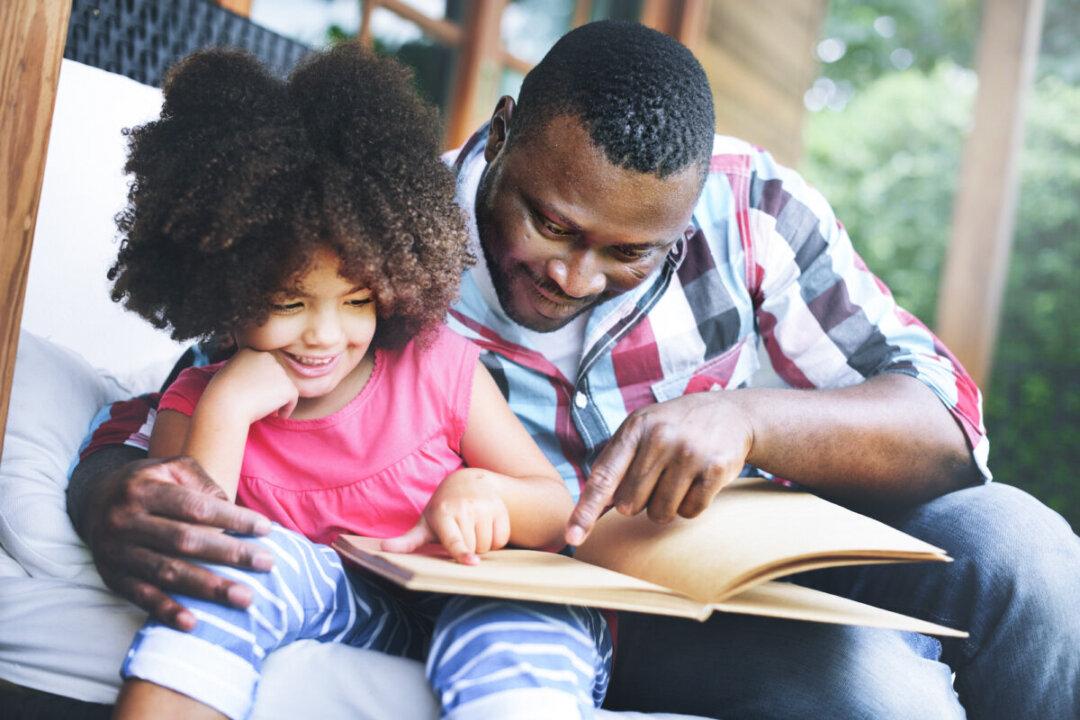For Sandra Kim and many other parents, March 2020 feels like a decade ago.
Since that time, the structure of how children are educated has transformed after the pandemic sent everyone home.


For Sandra Kim and many other parents, March 2020 feels like a decade ago.
Since that time, the structure of how children are educated has transformed after the pandemic sent everyone home.